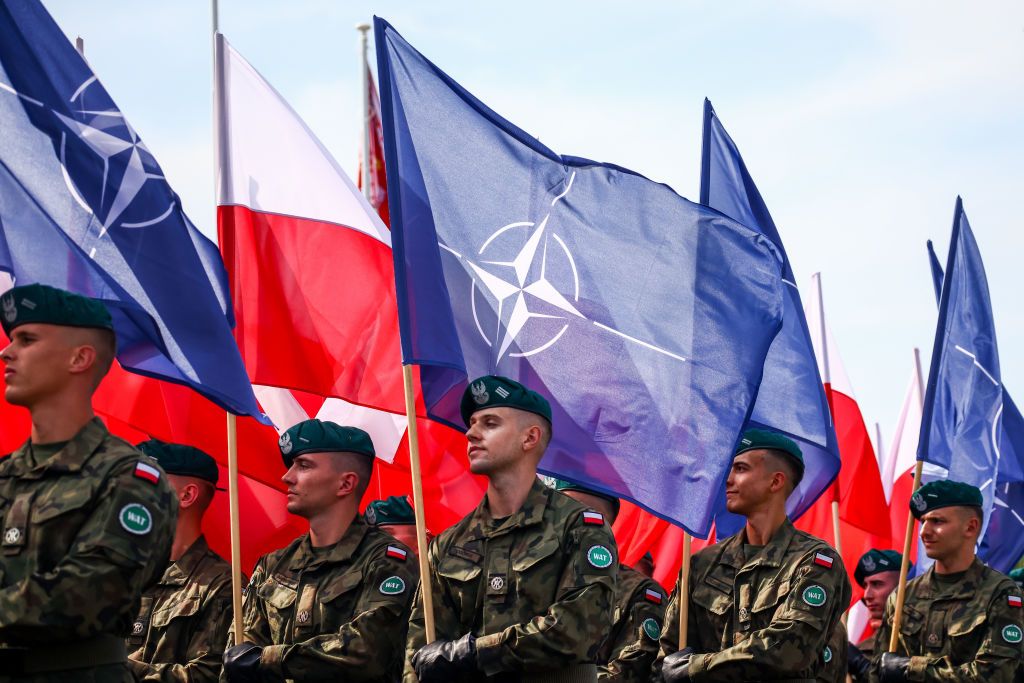NATO members mull raising defense spending benchmark to 3% GDP, FT reports

European NATO foreign ministers began discussing a plan to gradually increase the alliance’s defense spending target from 2% of their GDP to 3% by 2030, the Financial Times reported on Dec. 12, citing undisclosed sources.
Russia’s full-scale invasion of Ukraine shed light on long-neglected manufacturing and procurement bottlenecks in Western countries as they grappled to gear up their defense industries to match the needs of the largest land war in Europe since World War II.
According to the Financial Times' sources, the alliance’s members would first increase their spending to 2.5% of GDP before reaching 3% by 2030.
The number of members who meet the current 2% spending level has risen to 23 this year, but some countries like Spain or Italy are still failing to reach this benchmark.
Officials plan to agree on the new target during next summer’s summit in The Hague but fear fiscal pressure on some of the biggest European Union economies might hinder their plans.
Italy, which is already under the EU’s Excessive Deficit Procedure for consecutively accumulating a higher annual budget deficit than the bloc's 3% threshold, has little room for maneuvering to reduce its deficit and increase its military spending simultaneously.
"Politics is making choices in scarcity, and there’s always a lack of money and always too many priorities," newly appointed NATO chief Mark Rutte was quoted as saying by the Financial Times.
One such impetus to counter fiscal austerity in defense might be the upcoming U.S. presidency of Donald Trump, who has long advocated for NATO allies to pull their part and increase their spending on defense.
During his campaign in February, Trump said that if reelected, he would endorse Russia to do "whatever the hell they want" to NATO member countries failing to meet defense spending criteria.
Taking office in January 2025, Trump had hinted at plans to reduce aid for Ukraine and incentivize European countries to pay more for their protection.











